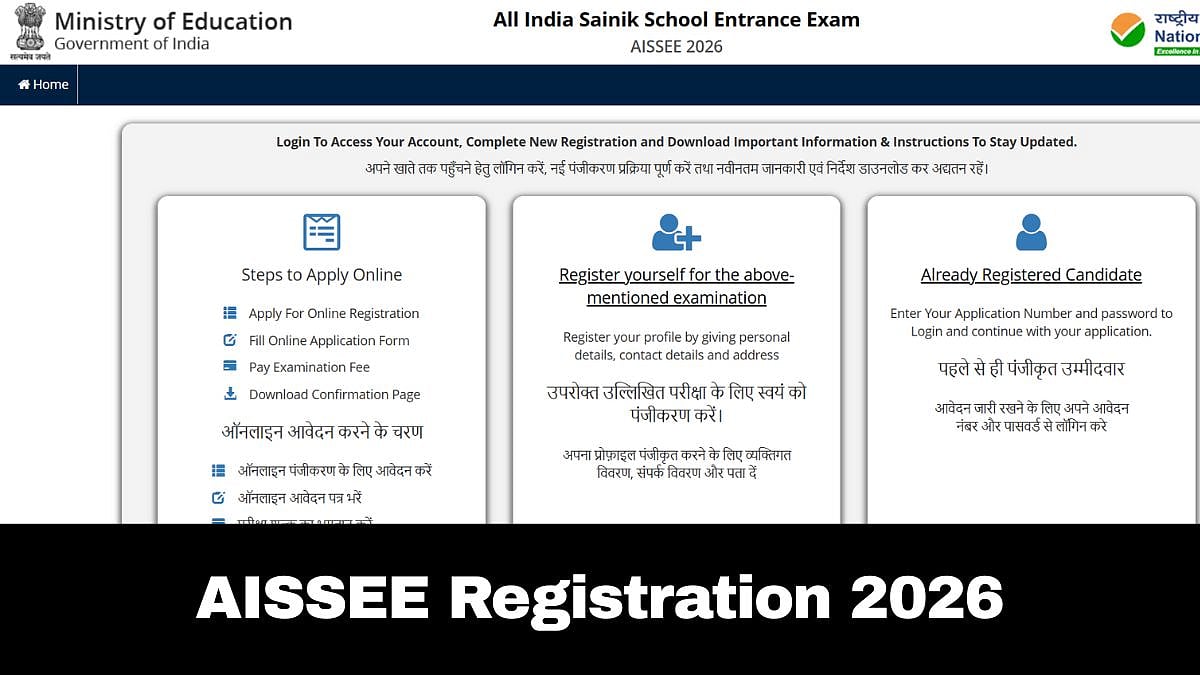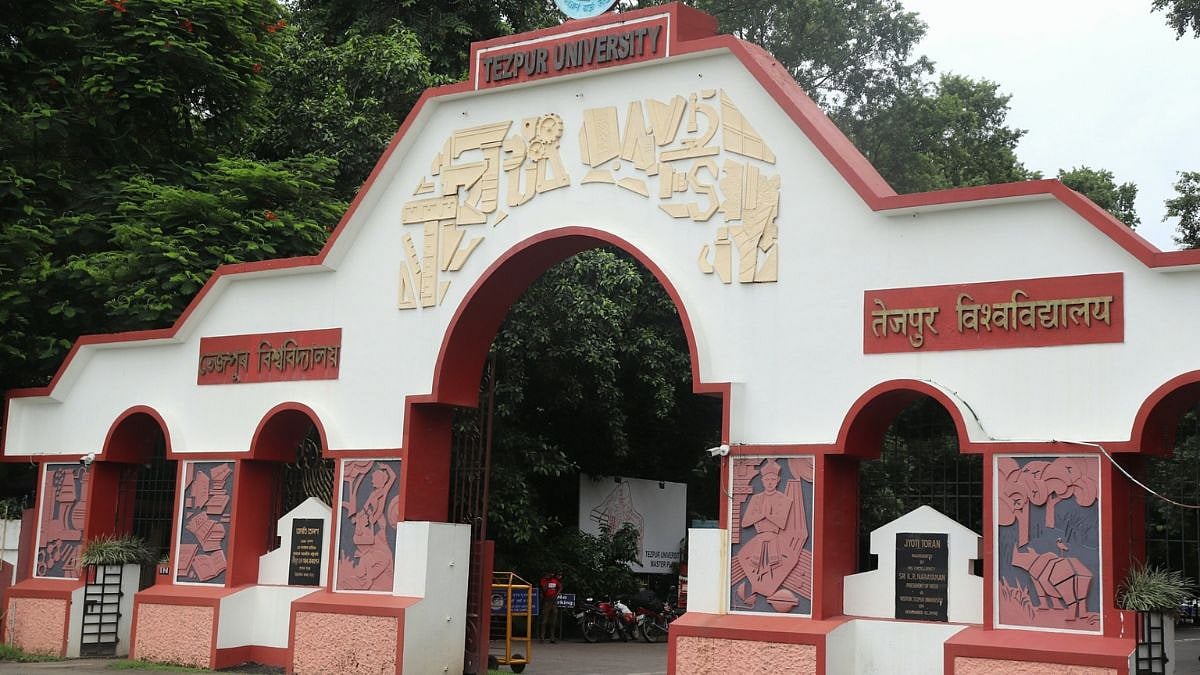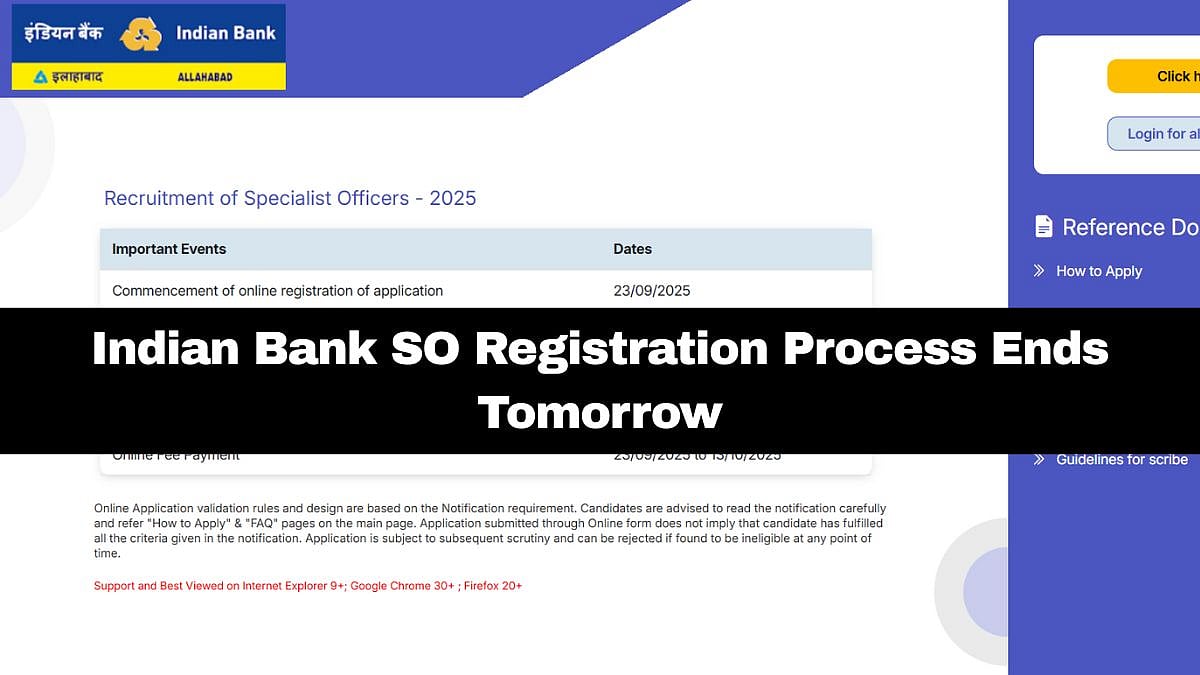Technology is increasingly penetrating every sphere of our lives, while the Covid-19 pandemic has just accelerated the pace. One such sphere is tech-driven education. It has become infallibly clear that education in the post-Corona world will never be completely offline again. While every change comes with both positive and negative impacts, technology penetration in education too has shown both sides of the coin. Talking about the positive impacts, one of them is it helps in narrowing gender disparity in the education system.
Equality, inclusiveness and equitable access to education are few of the prime conditions for developing a progressive society. If education cannot reach all, then the vision of holistic societal growth fails miserably. Still, gender disparities in the learning system continue to persist. Girls in our country, especially in rural areas often find themselves at the margins of the education system and social development.
A recent government study has revealed that in the Indian secondary school system, the average dropout rate for girls is 17.3%. The UN too has stated that females have a 42% lower chance of receiving elementary education compared to males in India, especially in the poorest districts. It is estimated that the Covid-19 pandemic has put around 10 million girls at risk of dropping out of school, which could bring severe long-term implications, resulting in a wider employability gap along with other societal problems.
An assessment by the World Bank, UNESCO and UNICEF, reveals that school closures due to the pandemic could impoverish an entire generation. It also states that students impacted by the school closures or learning loss are at risk of losing $17 trillion in lifetime earnings, which is roughly 14% of the current global GDP. This projection also shows that the impact will be significantly higher than the previous estimate of over $10 trillion assessed in 2020. It is evident that learning loss is one of the most concerning aspects of a child's welfare and development in this tough time.
In such a critical situation, a technology-driven education system has the potential to reduce gender disparity. It can be an equaliser offering access to quality learning, especially for girls. Digital education can be a powerful tool for girls to overcome inaccessibility, cost barriers and other challenges.
Besides empowering girls to continue education despite facing different challenges, technology penetration can also make it interesting and engaging for them, which can eventually result in the girls continuing their education further. It enhances their accessibility to the education system and different study materials, making learning more inclusive. It can boost their interest in reasoning subjects like physics and maths. The biggest advantage of technology-driven education is that it has the potential to bring the learning system to the doorsteps of many students in a short time span. It also empowers the teachers to reach more students easily in a short span of time. With the increasing internet population and easier access to mobile devices, a technology-driven education system can reach more and more people in the coming days.
The government should come up with a more clarified policy for a technology-aided education system. The ed-tech startups and companies too have to play key roles in this system. With a multipronged approach to developing a technology-enabled inclusive education system that will promote learning equality. This will eventually help in narrowing the gender disparity in education as well as accelerate women's empowerment in India. Also, it will have a larger and long-term socio-economic impact that will drive India towards further growth.
(Harshil Gala is CEO, eSense Learning, a subsidiary of Navneet Education Limited)













